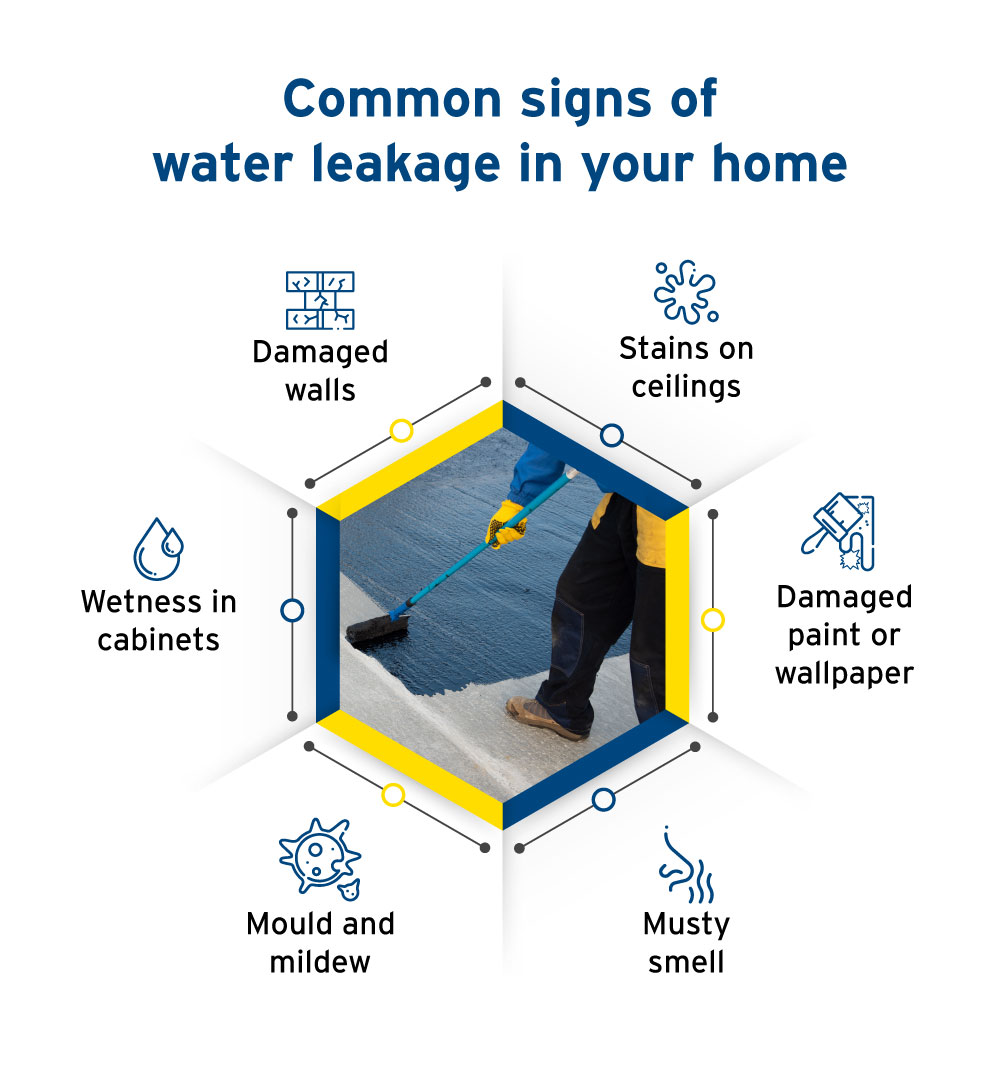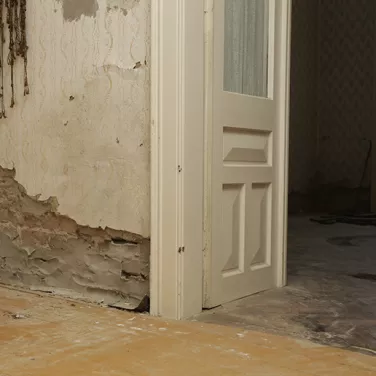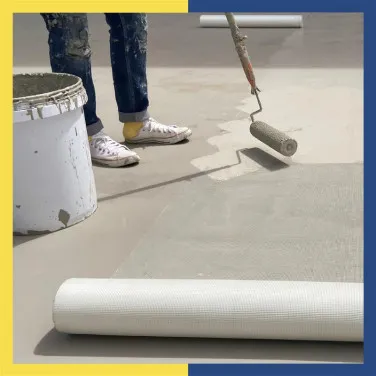

Water leakage problem at home? Signs to spot the leaks early!
Detecting common home water leakage signs and spots (and the solution)
Noticing indications of water leakage but uncertain about the root cause? Discover how to pinpoint the source and explore effective solutions for addressing water leakage.
Water leakage problems are like unwelcome guests - slipping through cracks, seeping from pipes, and causing havoc. If you ignore them, they will ruin your walls with peeling paint, funny smells, mould, health concerns, and more.
These leaks are bad for your house and worse for your wallet. Luckily, this guide on waterproofing solutions is here to help you track them down and kick them out. Get ready to put water leakages in their place!

Common areas to check for water leakage
While leakage can occur in any part of your house, here are some common areas -
1. Interior and exterior walls - Check your walls for discolouration, peeling paint, patches, mould, or the presence of a white, powdery substance (efflorescence). These may signal hidden seepage.
2. Bathrooms - Check for water stains and water pooling near the shower area and sink. Loose or discoloured tiles, corroded pipes, or fittings can all be signs of water leakage, relevant for both individual houses and apartments.
3. Kitchens - Underneath the sinks or behind the washing machine are common areas for water leakage in a kitchen. Some signs you can watch out for are damp cabinets, water stains on the walls near the sink area, and musty smells, which are relevant for both individual houses and apartments.
4. Roof - Check your roof and look for damp patches on the ceiling, damp spots, water pooling, and peeling paint to detect water leakages. Pay attention to any signs of water infiltration on your ceiling.
5. Water tanks - Due to the bulk of water stored in water tanks, they are susceptible to leakage and their adjoining walls are susceptible to dampness and seepage. Look for damp patches, dripping water, stains, and such to catch leaks.
6. Inspect common areas - If you notice any signs of water damage, such as damp areas, fungus growth, or musty smells in common spaces between apartments, report them to your building management. For you never know when they might reach your house.
If you spot leaks in these areas early, you can readily address them through waterproofing solutions.
Quick checks and first aid for water leaks
Before you call the experts for full-scale waterproofing solutions, there are simple steps you can take to manage small, identifiable leaks and prevent minor issues from becoming major disasters. Think of these as 'first aid' for your home's water problems!
- Check all fittings: Check all exposed pipes and faucets in your kitchen and bathroom. Often, a small drip could be the source of your wall dampness issues.
- Clear the drains: Clogged gutters on the roof or blocked floor drains in the balcony or bathroom cause water to pool, giving it plenty of time to seep into the concrete. Regularly clear out leaves, hair, and debris to ensure water flows away freely.
- Fix cracked grout or sealant: Look at the tiles in your bathroom. If the grout between the tiles is cracked, water can slip right through.
- Identify the source: If you see a stain on a wall, try to find where the water is coming from above it. Is it a leaky pipe, a loose window sill, or a crack in the exterior wall? Knowing the source helps you explain the problem clearly to the waterproofing professional.
Taking these immediate, practical steps can often slow down the damage while you prepare for the long-term solution: professional waterproofing.
How can you solve water leakage problems?
The only solution to water leakage is waterproofing. You must waterproof all the areas that are prone to water leakage - the roof, kitchen, bathroom, internal walls and external walls - to ensure your house or apartment stays free of water damage.
To wrap up
Fixing and then preventing further water leakage problems issues are important for your home's health. Regular inspections and waterproofing can keep your home safe and save you money.
Don't know whom to call? Reach out to experts at Dr. Fixit who will assess the damage and provide you with the best waterproofing solutions by filling out the query form given below.
Frequently asked questions (FAQs)
FAQ#1 – What do water leaks look like?
Water leakage in the house areas can show up as damp patches, peeling paint, musty smells, or discoloured walls. These signs appear when surfaces are not protected with waterproofing solutions. If you spot leaks early, waterproofing your walls, kitchen, bathroom, roof, and water tank can stop moisture from spreading and keep the structure in good shape.
FAQ#2 – What is the solution for water leakage?
The long-term solution to any water leakage problem is waterproofing. Applying the right waterproofing solutions on key surfaces like the roof, internal and external walls, kitchen, bathroom, and water tank blocks moisture entry and prevents recurring dampness. Along with waterproofing, basic surface cleaning and regular checks can keep your home safer and easier to maintain.
FAQ#3 – How do I stop my house from leaking water?
If you are dealing with water leakage in the house, waterproofing is your primary fix. Treating the affected surface and then waterproofing the roof, kitchens, bathrooms, and external walls stops moisture from travelling through the structure. Along with waterproofing solutions, keeping drains unclogged and repairing loose tiles or fittings prevents new spots of moisture.
FAQ#4 – What is the best thing to stop a water leak?
Waterproofing solutions are the most reliable way to prevent leaks. Once you spot leaks, whether on walls, ceilings, or around the kitchen or bathroom, waterproofing creates a protective layer that blocks water entry. It strengthens the treated surface and is valuable in the long run compared to frequent patchwork fixes.
Get Professional Waterproofing Solutions Today
Fill The Form below to took free site evaluation by Dr. fixit point safe painting service expert
Renovation
Protect your living space: Difference between a weatherproof and waterproof house
Renovation
How to safeguard your home with waterproofing during the rainy season in India
Renovation
The Ultimate Guide to Monsoon Terrace Waterproofing: Protecting Your Home from Water Damage
Get Professional Waterproofing Solutions Today
Fill The Form below to took free site evaluation by Dr. fixit point safe painting service expert

































































